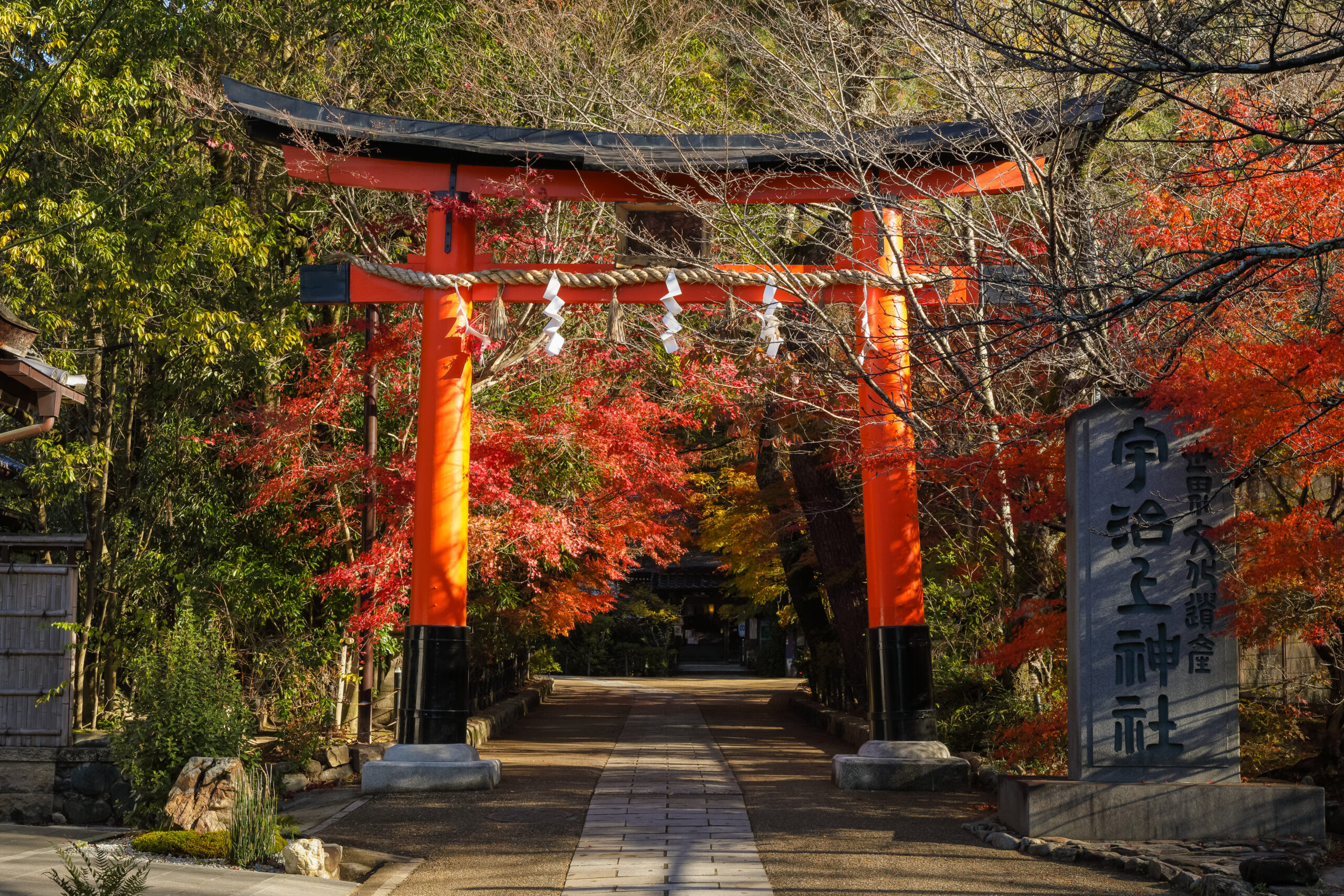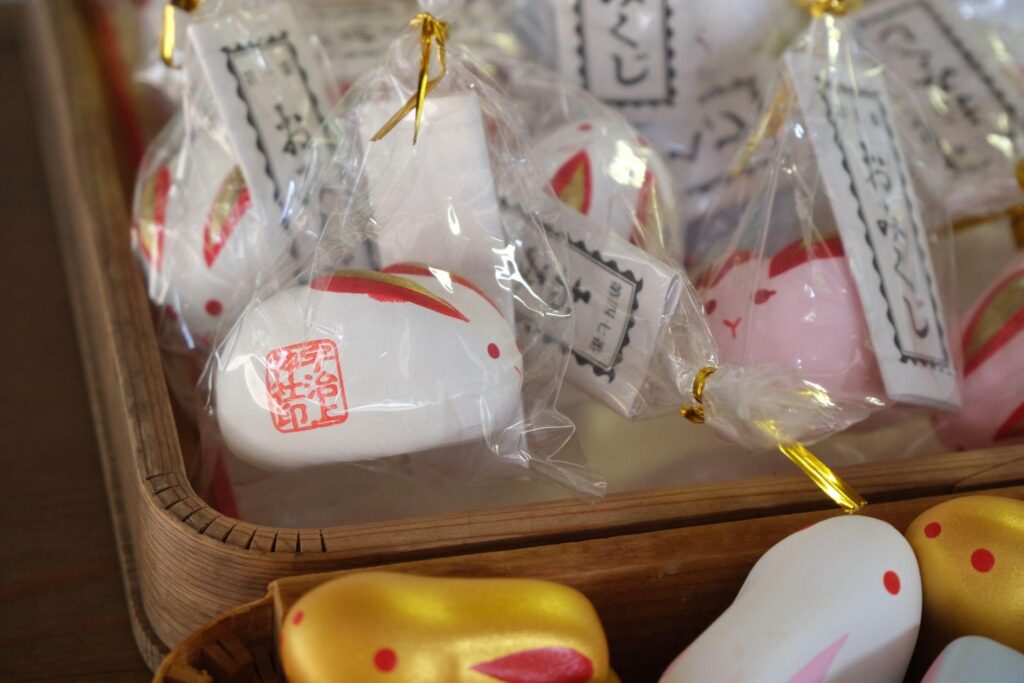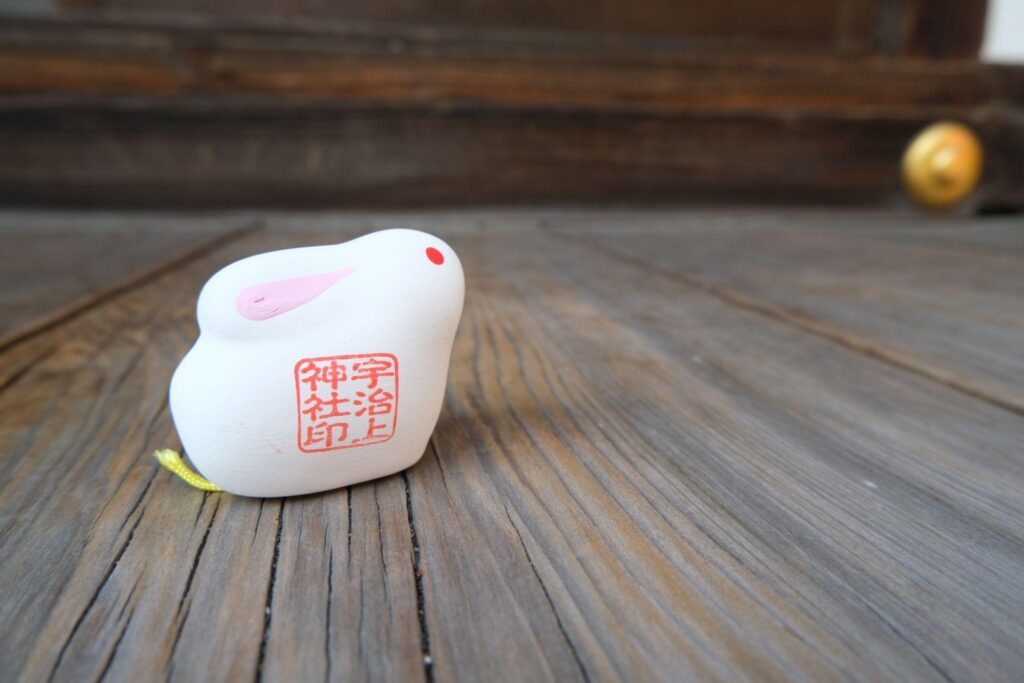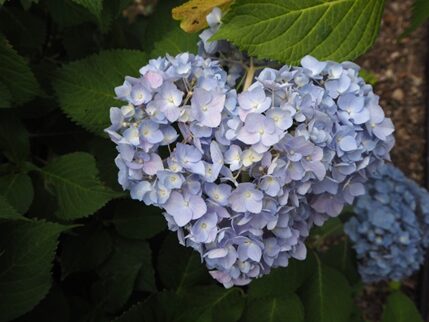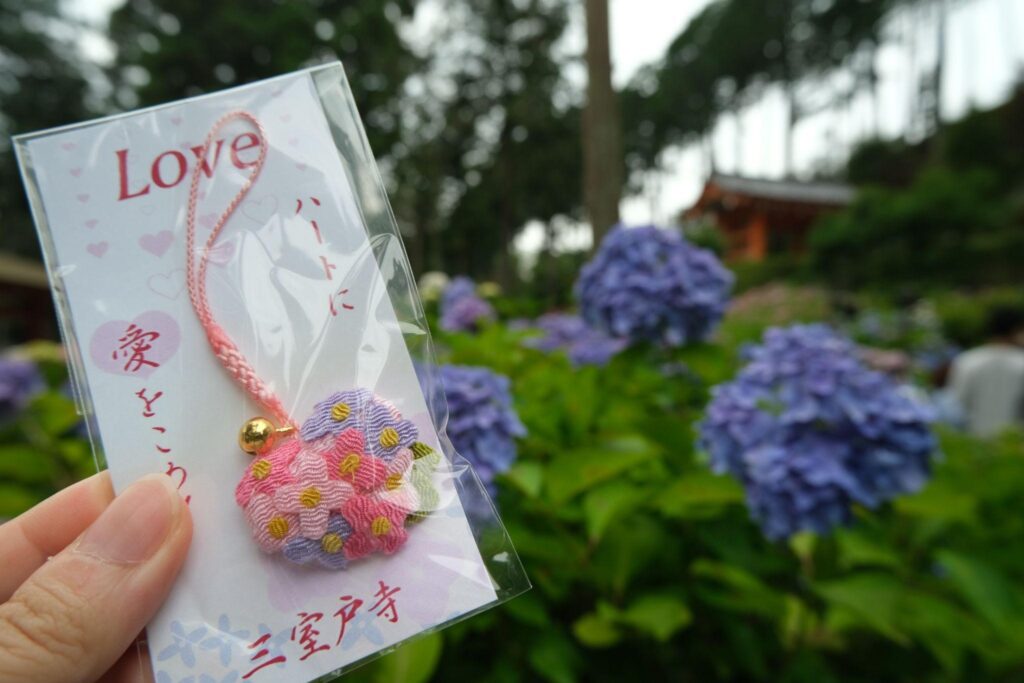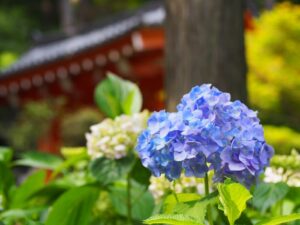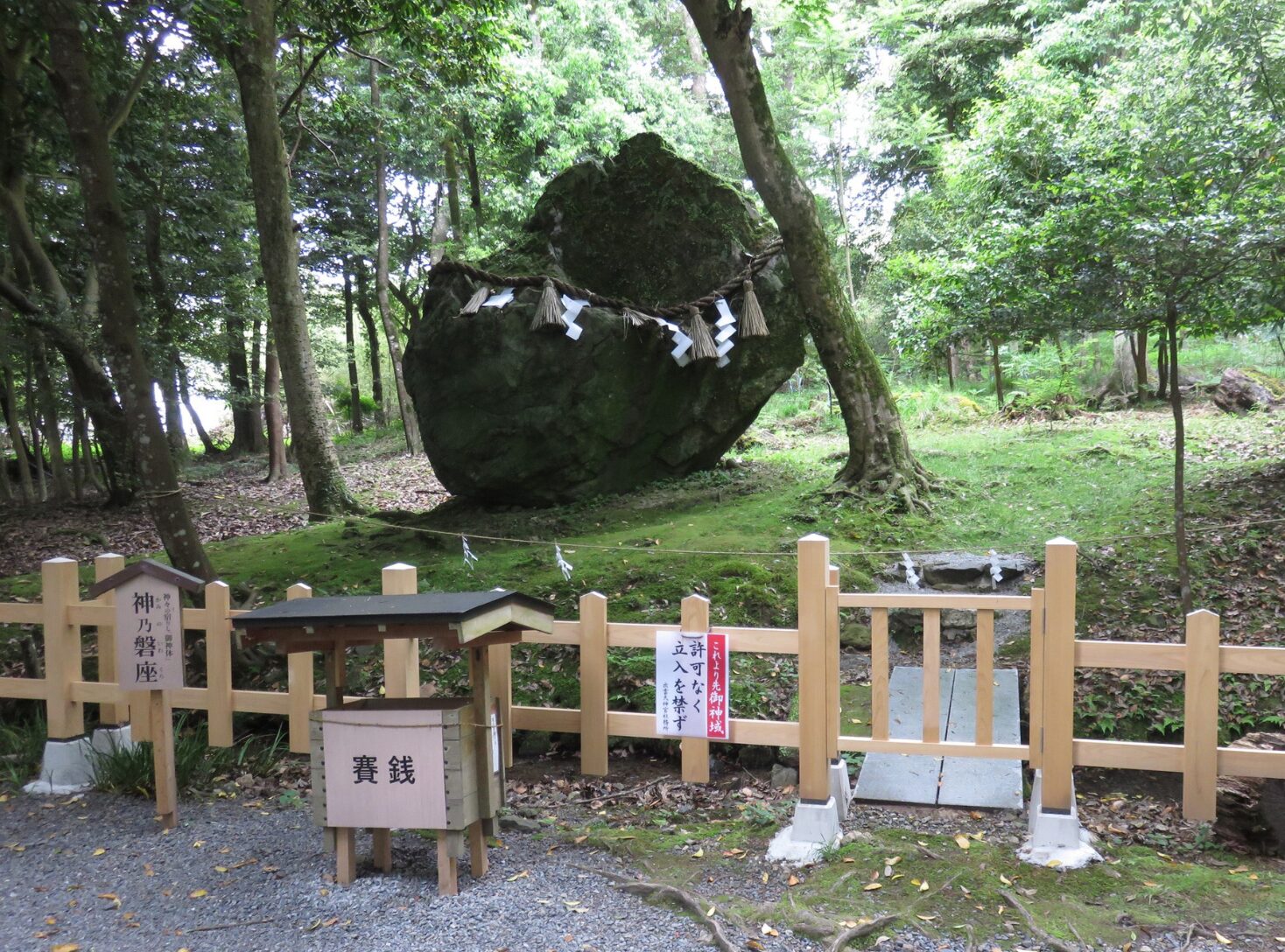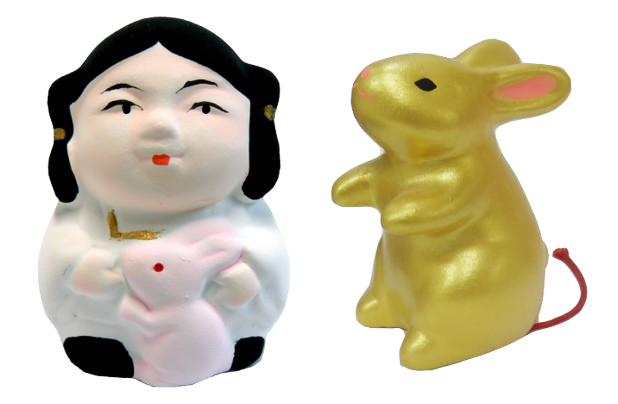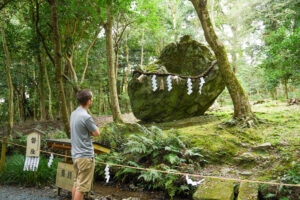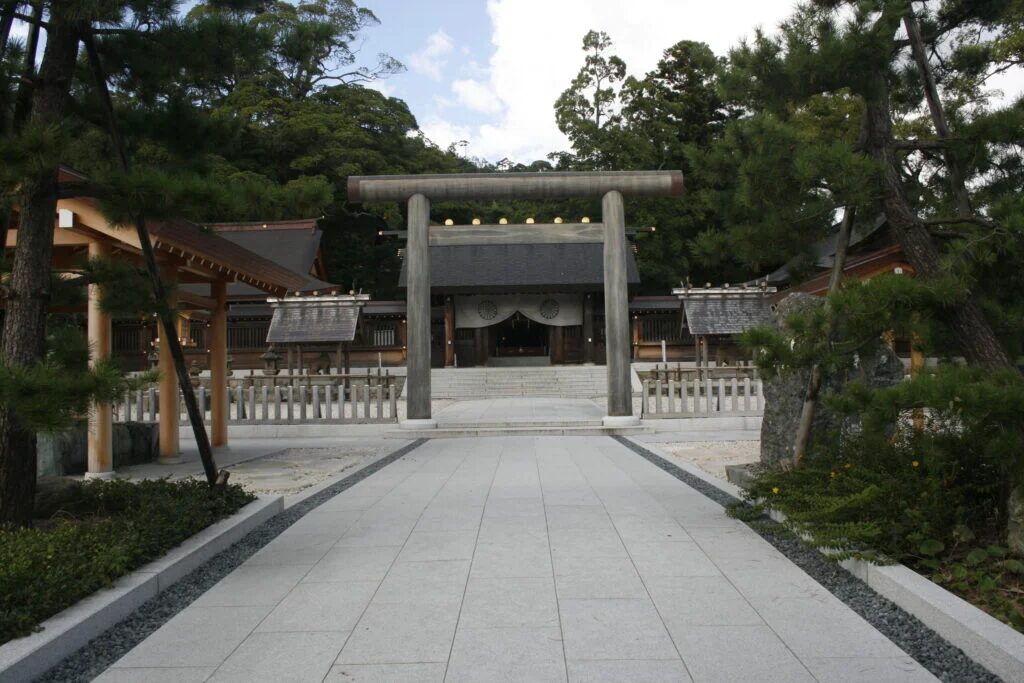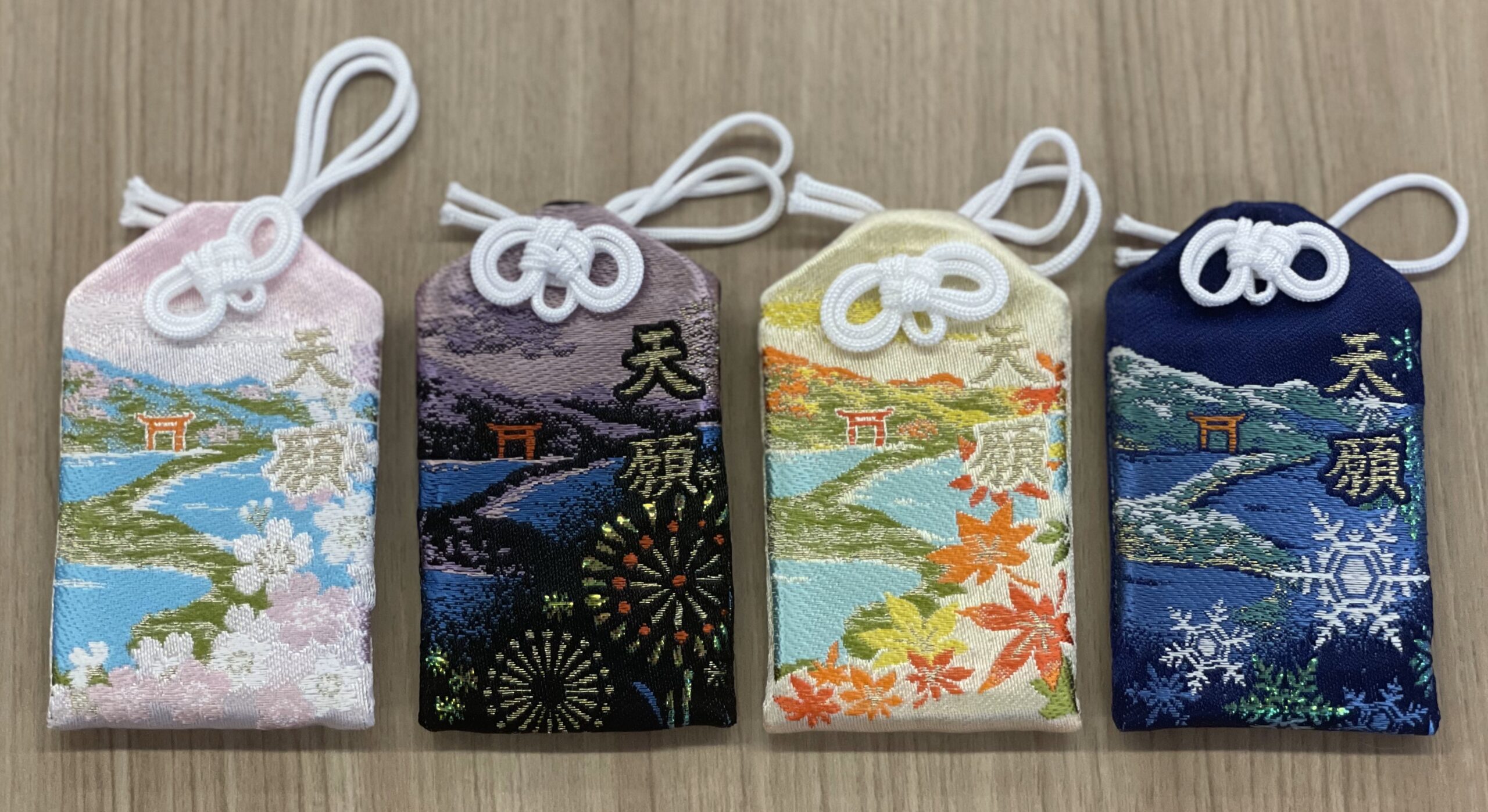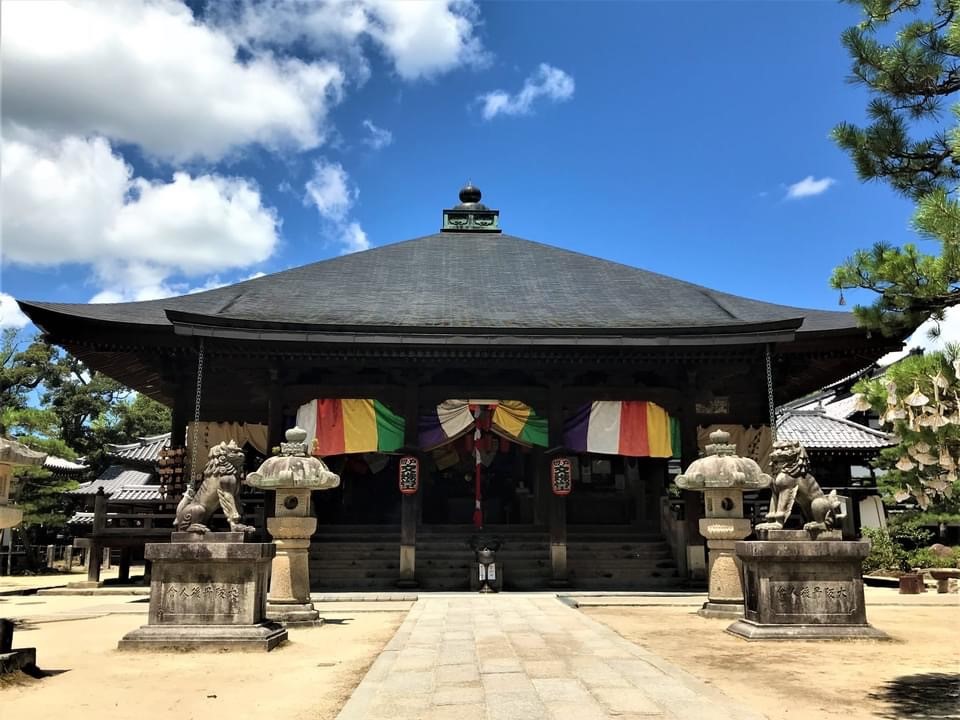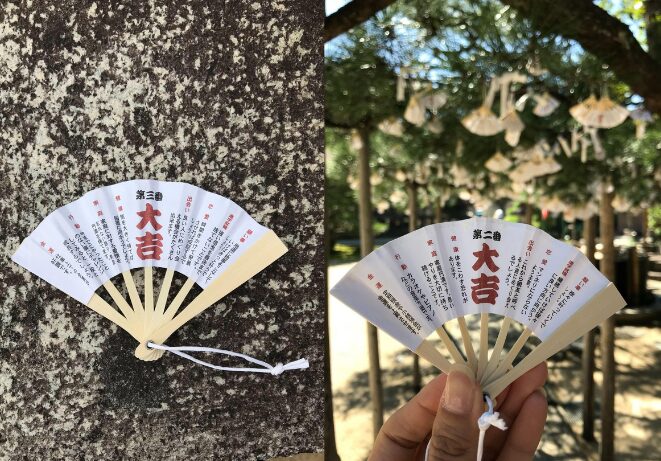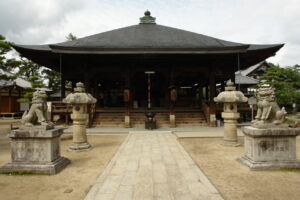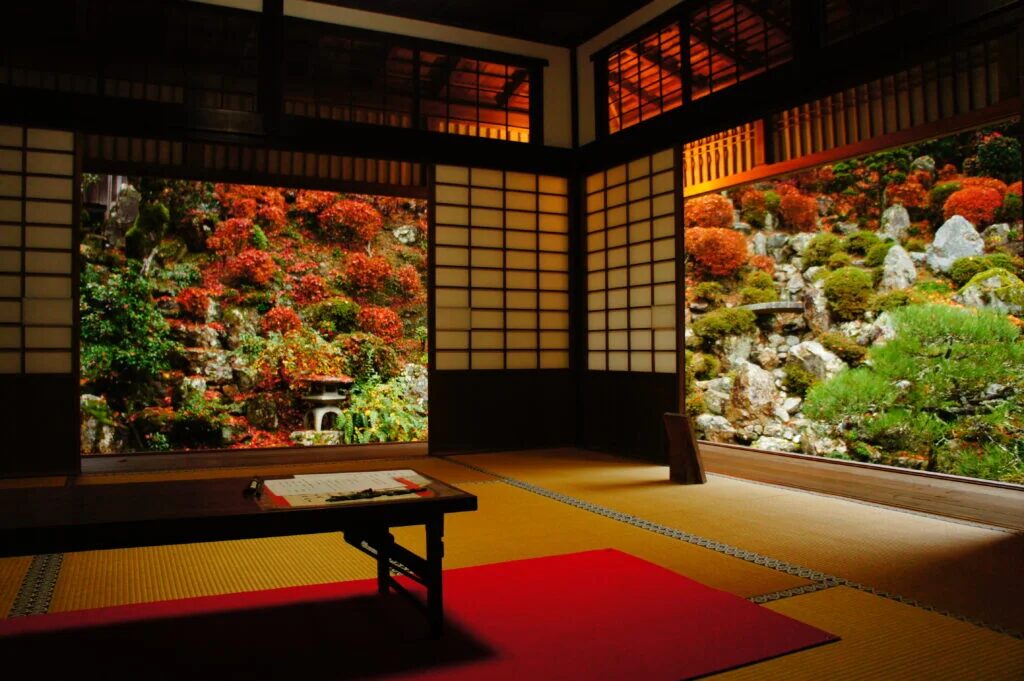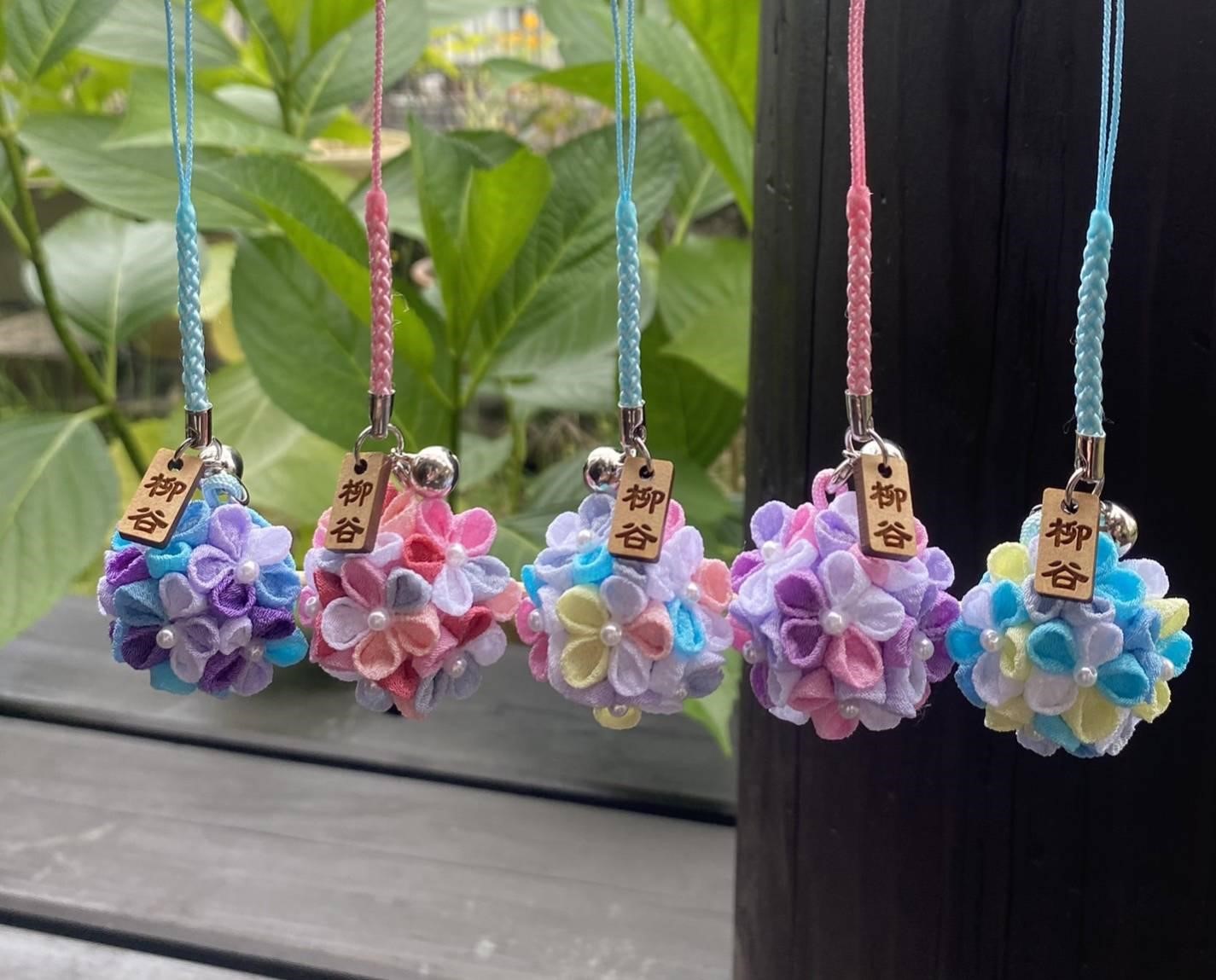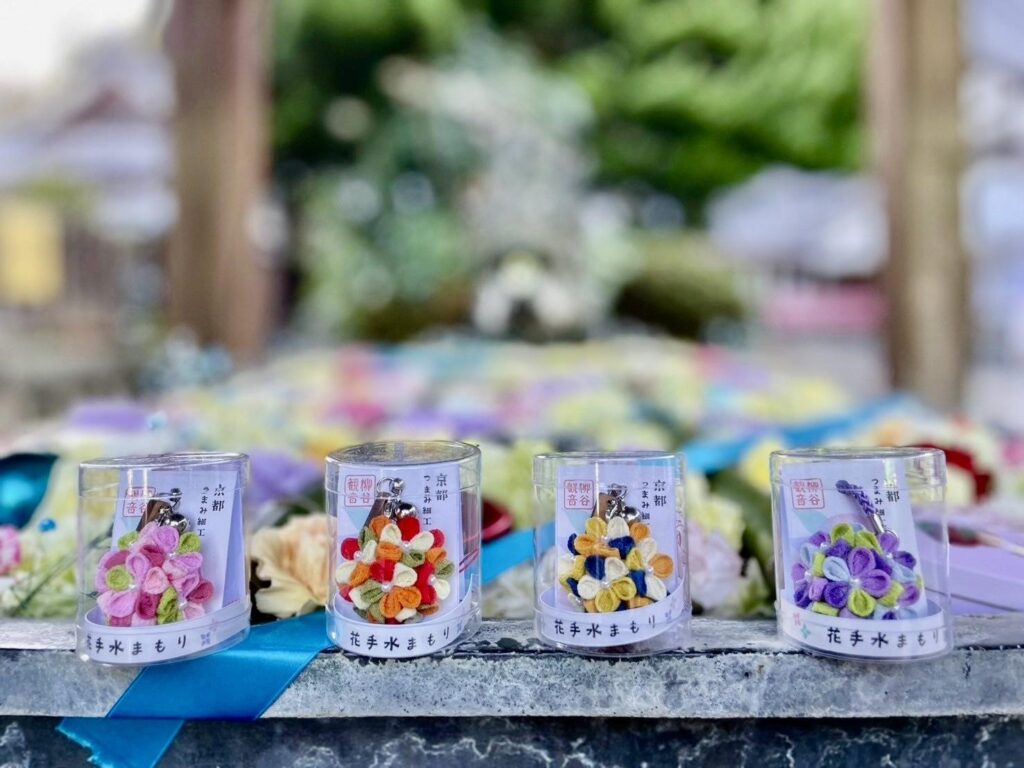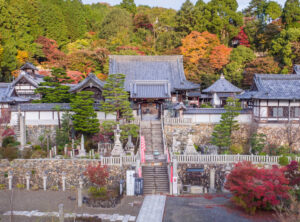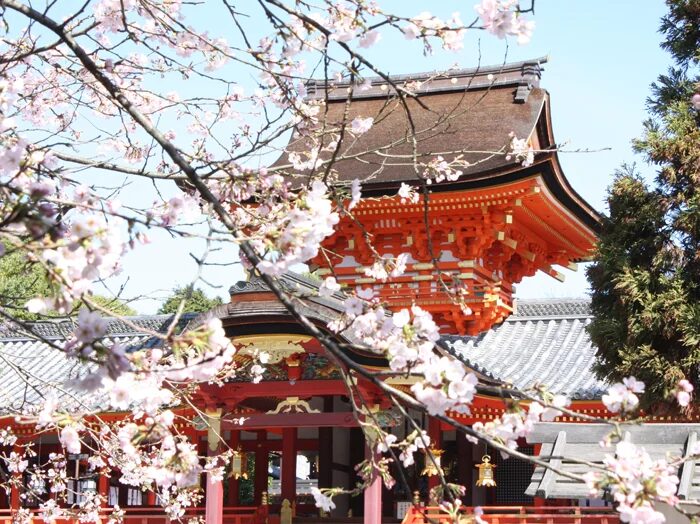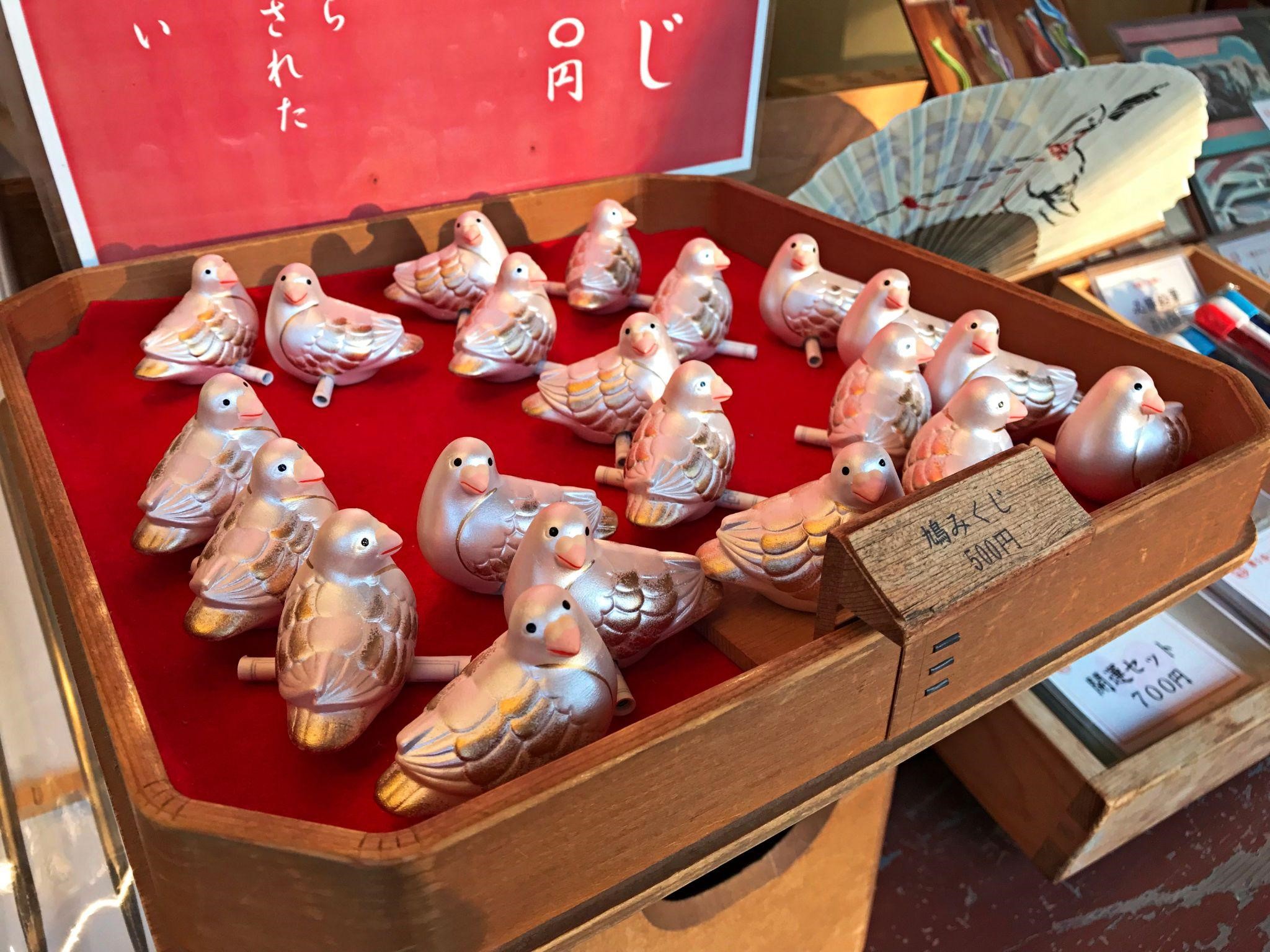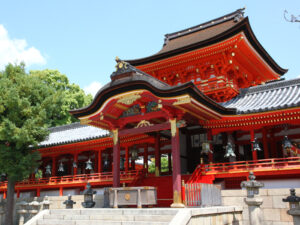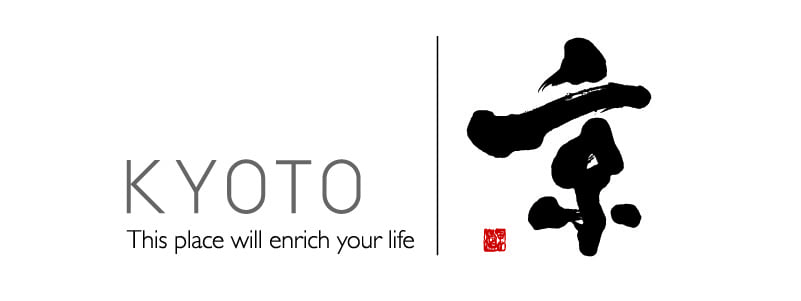Uji Shrine: The Guiding Rabbit Charm
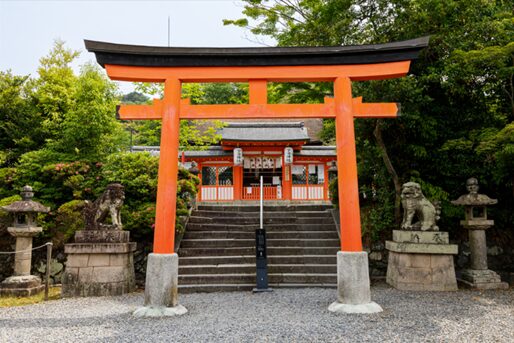
Situated along the tranquil banks of the Uji River, Uji Shrine holds great historical and spiritual significance. Constructed during the Heian Period, it is dedicated to the worship of Uji-no-Waki-iratsuko, revered for his wisdom and dedication to learning. Visitors flock to Uji Shrine for its renowned Rabbit Charm (usagi omamori) and the legend of the Mikaeri-Usagi, “the looking back rabbit,” a divine messenger guiding people to the right path in life.
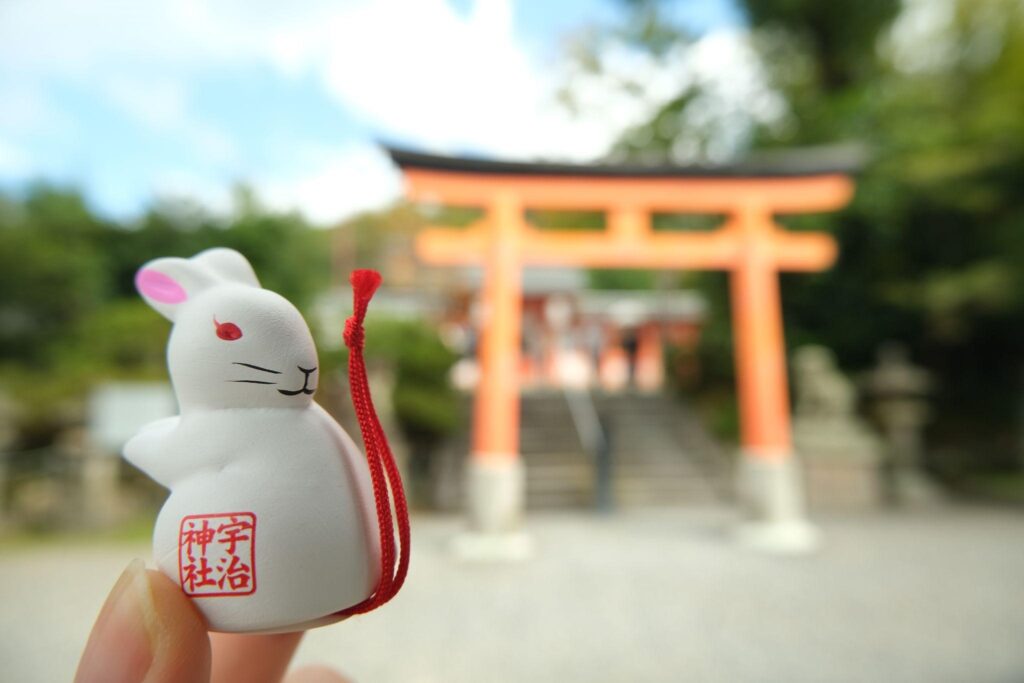
The rabbits are also associated with fertility and safe childbirth. Visitors often seek this charm for its blessings in guiding them toward their goals and bringing good karma.
Get the Rabbit Charm at the Uji Shrine, and let Mikaeri-Usagi’s divine guidance bring success and happiness to you.
Price:
500 yen per charm
Access:
7 minute walk from Uji Station on the Keihan Uji Line
15 minute walk from Uji Station on the JR Nara Line
Uji Shrine
Standing on the banks of the Uji River, Uji Shrine was established in 313. It is located on the former site of Emperor Ojin’s detached palace (Kirihana Higeta-no-miya), and its enshrined deity is Uji-no-Waki-iratsuko-no-mikoto, son of Emperor Ojin. The main hall (an Important Cultural Property) was built in the Kamakura period (1185-1333) in a three-peaked nagare-zukuri style, but there are other remaining cultural treasures as well, such as wooden guardian dogs and Noh masks.
